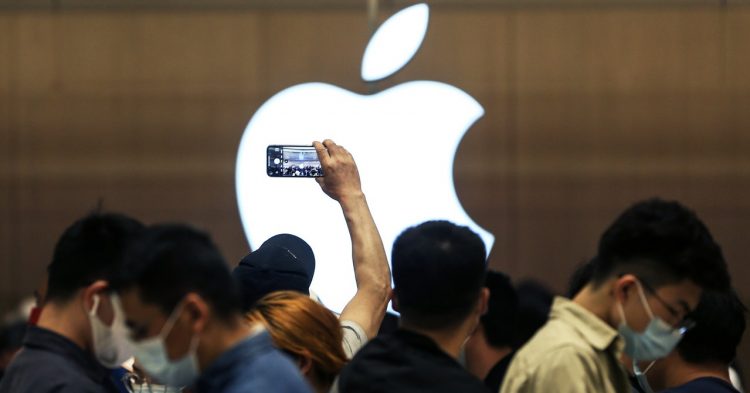Every three months, Wall Street watches with anticipation for bumper results from Big Tech companies. Over the course of a little more than a week, Snap, Alphabet, Microsoft, Meta, Spotify, Amazon, and Apple all announce to investors how well they’ve performed.
For years, it’s been a tale of untrammeled success, with earnings, profits, and user numbers generally heading in one direction: up. This time though, as they announced their second quarter results in recent days, large tech companies have been speaking of stagnant growth or declines and revising their future forecasts in the face of what they expect to be a challenging economic downturn. And in every earnings call, two names kept coming up: Apple and TikTok.
The two firms loomed large over the others’ results because of their increasingly integral role in the world of tech. TikTok’s user base rose to a billion users within five years, far outstripping any previous app, including Meta-owned Facebook and Instagram, both of which took eight years to reach the same goal. From Apple comes the threat of changes that could impact the others’ customer reach and competition in the metaverse.
First of the cohort was Snap, which reported its results on July 21. While the company’s 347 million daily active users outstripped analyst forecasts of 343 million, Snap’s revenue was underwhelming. “Our financial results for Q2 do not reflect our ambition,” CEO Evan Spiegel said at the time.
Dan Ives, principal analyst at Los Angeles investment firm Wedbush Securities, says the results were a “trainwreck.” Snap’s results demonstrate “a digital ad slowdown, Apple iOS privacy headwinds, and TikTok competition further heating up,” says Ives. Snap’s chief financial officer Derek Anderson admitted as much in the analyst call alongside the earnings. “Competition, whether it’s with TikTok or any of the other very large, sophisticated players in this space, has only intensified,” he explained.
A day later, on July 22, Twitter’s results focused on the $33 million spent on work relating to Elon Musk’s on-again, off-again purchase of the company. The company announced a decrease in revenue year-on-year that it said reflected “advertising industry headwinds.” Twitter didn’t hold an analysts’ call, and didn’t mention Apple by name, but the “headwinds” were likely code for its changes to data sharing.
On July 26, Alphabet, the parent company of Google and YouTube, announced its results. In its earnings call, the company’s CEO Sundar Pichai said that YouTube Shorts, its version of TikTok-like short form videos, were watched by more than 1.5 billion users every month. A day later, Meta—parent company of Facebook and Instagram—also unveiled their results.
“TikTok’s great innovation was realizing that social media no longer has to be social, just media,” says digital strategist Jay Owens. And that recognition is one that other companies—key among them Meta, with Instagram—are trying to follow. “Meta doubtless had data showing that friends and family were no longer the main sources of engagement on Instagram and Facebook—but didn’t quite dare make the leap to making Instagram’s Explore tab the homepage,” she says. “Now they’re playing catchup—and users seem set to have not one but three apps dominated by vertical video.”
Source by www.wired.com





























